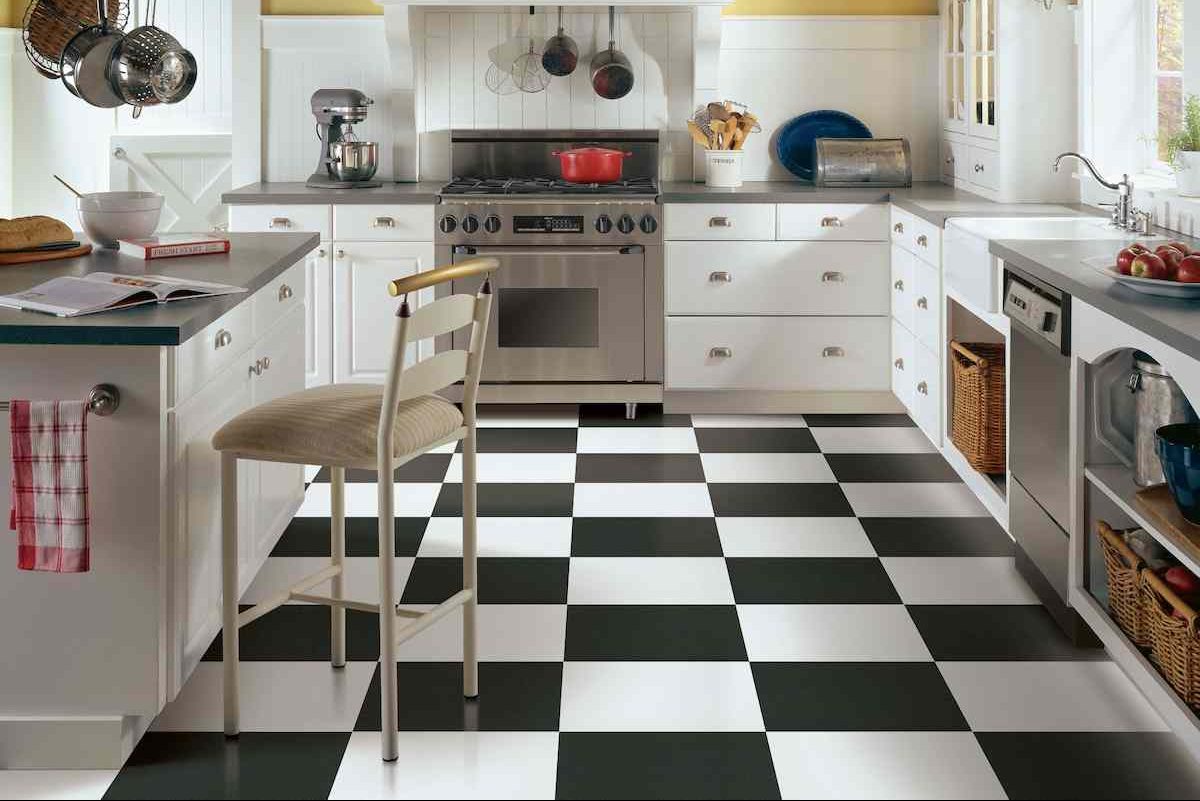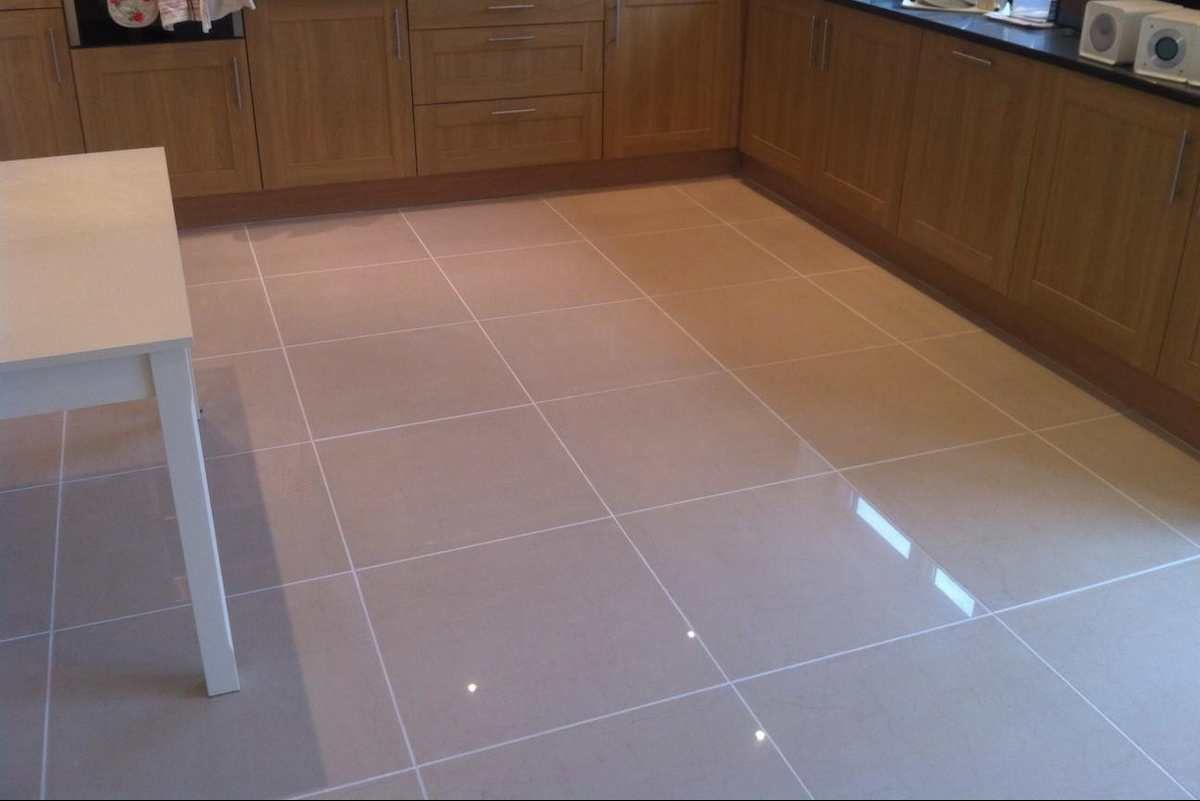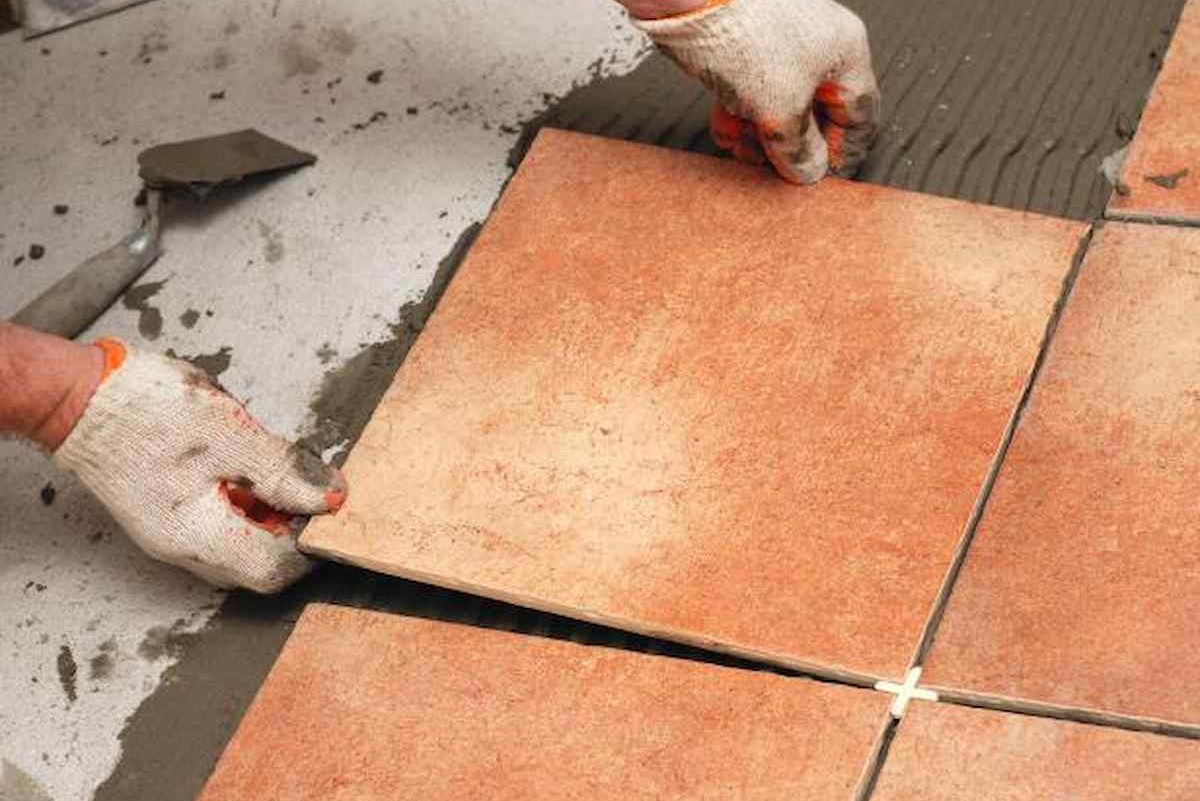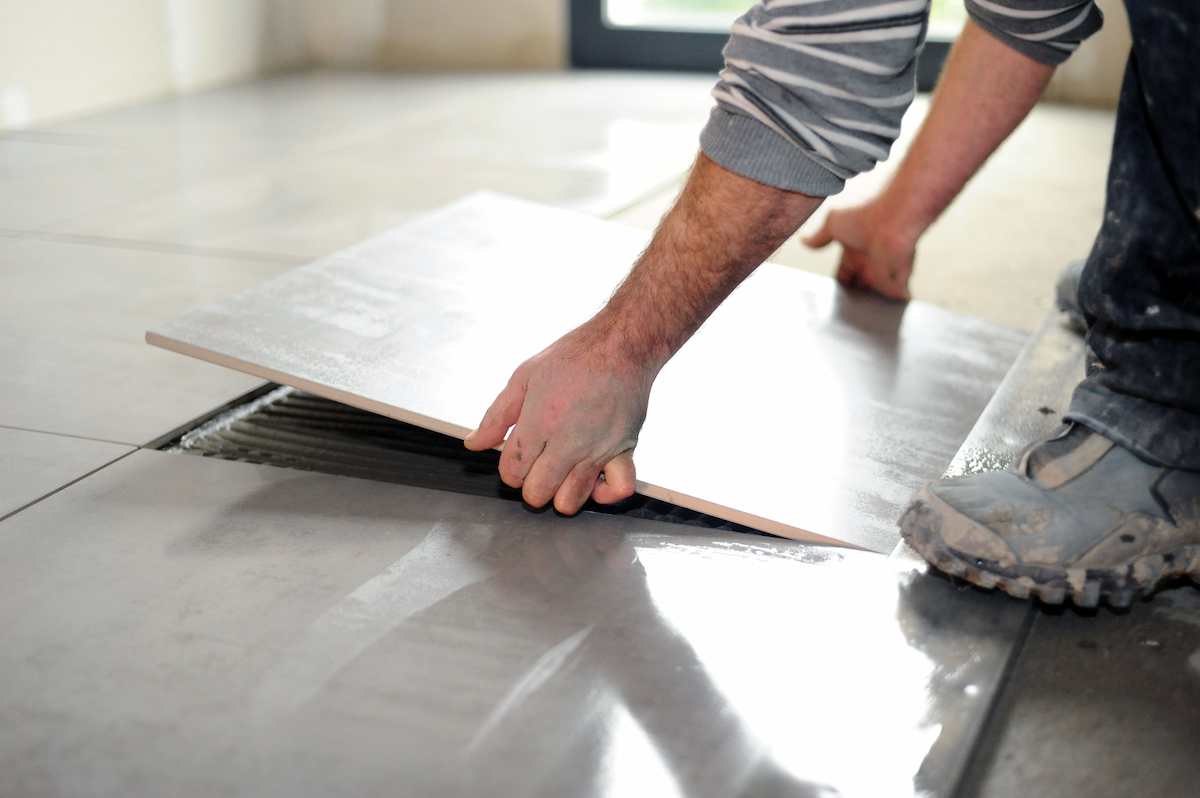Have you ever heard this noise in the kitchen and walked on the tile, only to discover that it was slightly out of place? Did you observe how the tiles looked to be ” lifting” or rising off the ground? Many homeowners have encountered similar situations.
Everyone is taken by surprise, and there appears to be no clear cause. Everyone who has tiled flooring has experienced the annoyance of loose floor tiles at some point. In addition to being ugly, improperly maintained loose floor tiles can be hazardous for you, your family, and your guests. However, what causes loose floor tiles? Numerous elements might influence this outcome:
Adhesion issues
Insufficient adhesive or poor application of adhesive during tile installation are two of the most common causes of loose tiles.
Improper adhesive application is one of the primary reasons for loose tiles. Dobbing is a technique in which tiny clumps of adhesive are placed on the tile, as opposed to a homogeneous coating. This allows empty spaces to grow, which, when exposed to constant foot activity, can stress the tile and eventually cause it to loosen. This is commonly seen in tiled nooks and inaccessible areas. The use of the incorrect adhesive is another key element in loose tiles.

Before installing tiles on a flat surface, such as a wooden floor, it is necessary to use the correct adhesive and thoroughly prepare the area. If you do this poorly, your tiles will begin to separate quite quickly.
In order to assist you to solve the puzzle, we would like to share a few explanations for why lifting floor tiles may occur. If the glue was poorly prepared, too dry, or too wet when the tiles were put in, they may not form sufficient bonds with the adhesive and may fall loose. The same holds true if the glue has “skinned,” or if it has been exposed to air and left alone for too long before the tile is installed. This typically results in the tile detaching from the adhesive without leaving any adhesive residue on the tile.
Weather
Frequently, weather and climate differences have a substantial influence on tiled flooring. Your foundation contracts in the winter and expands in the summer, which may wreak havoc on your tiles, especially the grout lines.
Eventually, tiles will become loose or shatter as a result of the floor’s base continually changing over time. Rain, sunshine, and other external elements exert a considerable lot of pressure on outdoor tiles, as well as their adhesive and substructure. A depiction of a tile that, when laid, did not “bond” with the substrate—not much to hold onto!

How can I then repair my loose tiles?
If your tiles are loose and there are telltale signs of loose grout or hollow or drummy tiles, the answer is simple.
Using the revolutionary tile injection technology of Barefoot Floors, we may re-bond the tile to the substrate by injecting it with our proprietary adhesive, which will identify any existing voids such as those seen above. All of this may be done without the need to elevate the tile, remove grout, or generate additional noise or mess!
the movement/humidity of the substrate
The durability of your tiles may rely on how effectively they have been put in and the strength of your base. On a broken or low-quality concrete slab, tiles may detach prematurely, especially during the warmer months when the concrete expands.
Combined with incorrect installation or a lack of expansion joints, this might cause serious damage to your tiled floor.
In the case that moisture reaches the substrate, the adhesive may degrade, resulting in tiles that are no longer adhered. If the concrete base is not properly prepared and maintained before the tiles are set, mold can swiftly destroy substantial areas of the flooring.

How to Eliminate the Mysteries of Lifting Floor Tiles
Why are the tiles rising? There are a variety of potential causes for this. These possible explanations consist of:
Although it may seem obvious, the simple act of dropping a pot or pan might be the cause of your kitchen’s rising floor tiles.
If you have ever fallen on one of these heavy objects, the tile may have been damaged, even if you were unaware of a crack at the time. Over time, you could observe the tiles beginning to lift. Sometimes, moisture can cause floor tiles to rise. Frequently, moisture might enter the air through the concrete. The tiles are forced upward and, as a result, seem to be lifted. A plumbing issue or leak might be the source of the moisture.
The additional water might cause your tiles to rise, forming a “tent-like” structure. The floor tiles will eventually begin to lift if the carpet was improperly installed. It might occur several years later. There is a possibility that the tiles are not entirely affixed to the concrete. In this instance, the tiles will start to loosen and lift.
The movement of the subfloor might also result in the lifting of floor tiles. The tiles might become loose due to the surface sometimes expanding.
The concrete below will occasionally fracture. The tiles may become loose as a result. Typically, concrete begins to crack and expand when the temperature rises. The tendency of cold-weather-exposed structures to contract. When the heat is put on in the house, there is a great deal of pressure in the room. Consequently, the tiles may lift.

What is my next step?
There are several DIY options for managing raised or “tented” tiles. Some choices offer instructions for reassembling the tiles. There may be adhesives available at the local hardware store that may be used to repair broken tiles. Your strategy would depend largely on the extent of the damage and the sort of tile you had.
Unfortunately, doing flooring restoration on your own can be difficult. When attempting to remove the shattered tiles, you risk injuring the surrounding tiles. Clearly, this would be incredibly irritating and consume more of your time.
Therefore, it would be preferable to remove any broken floor tiles from your property if they are lifting. If you have spare tiles, it may be possible to repair the damaged ones. However, it may be simpler or preferable to completely replace the flooring. Potential complications can be averted in this way.
Having loose tiles inside or outside your home is often not an unusual incident. One or more of these items may be present in your house and impede the functionality of your tiles. Barefoot Floors’ tile restoration service is the most efficient method for addressing any loose tile issue. Contact us immediately to understand how we might be helpful.












Your comment submitted.